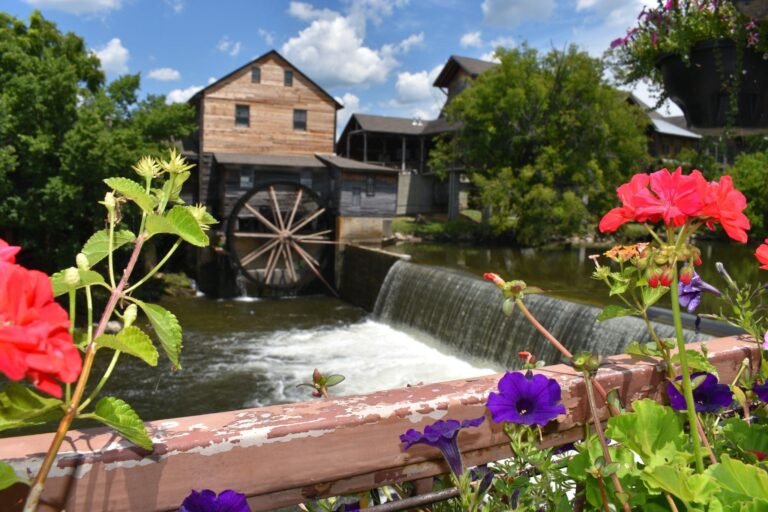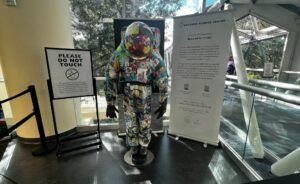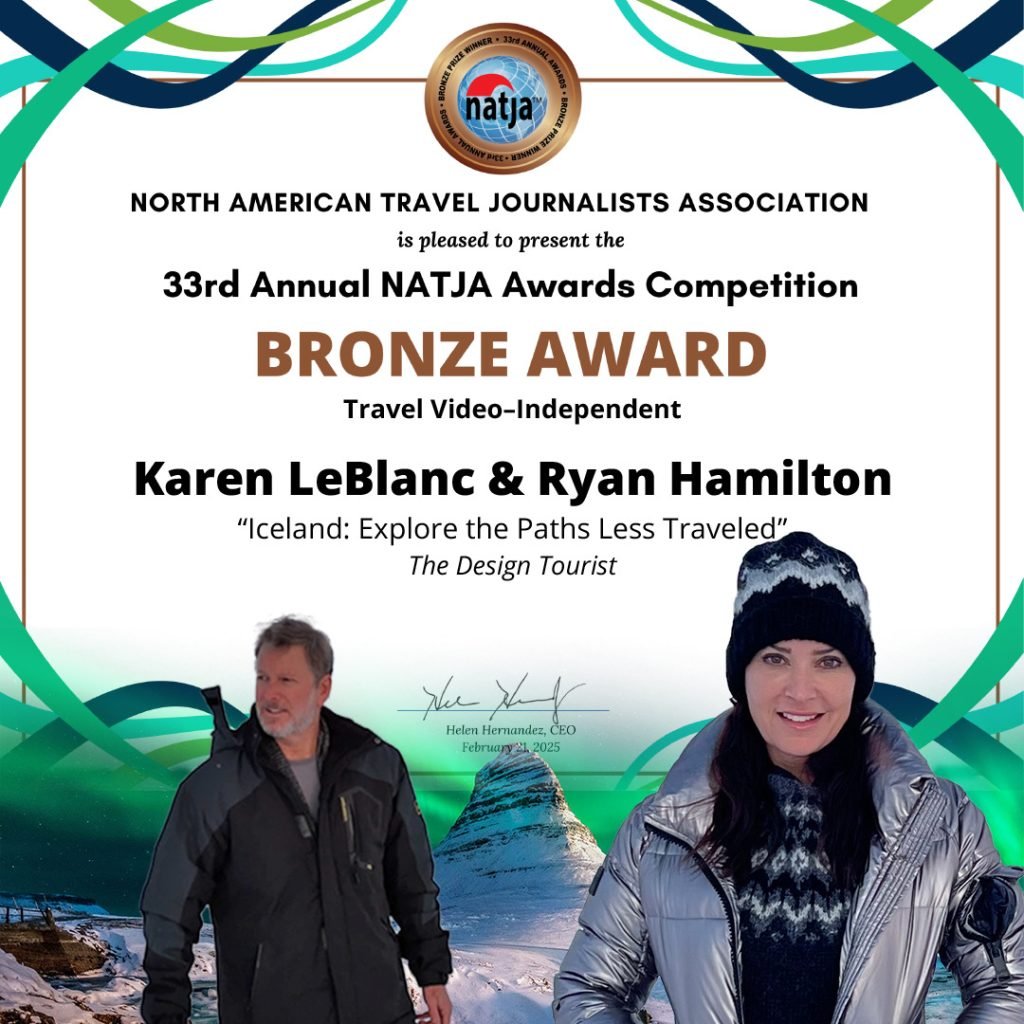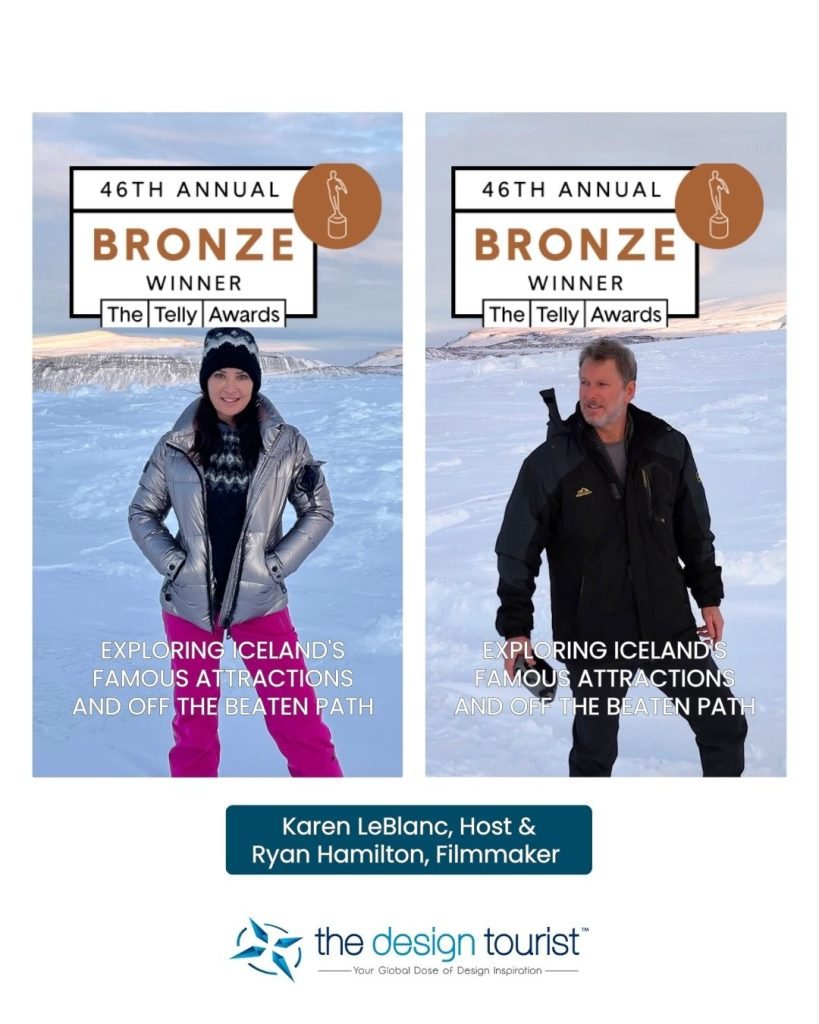What sticks with you after a family vacation isn’t always what you planned for. Sure, you might have scheduled the big-ticket attractions, checked the weather, and packed enough snacks to survive a theme park meltdown. But months later, when the photos are forgotten in your phone, what your kids bring up might surprise you. It’s not the roller coasters. It’s the pancakes at the corner café or the ducks waddling around the old mill.
Pigeon Forge, Tennessee is a prime example of this. You’ll find all the highlights in the brochures—rides, shops, and more attractions than you can count. But ask any family what they truly remember? It’s often the quiet walk by the Old Mill, the smell of warm cinnamon bread, or the moment a local storyteller made the kids laugh. These unscripted bits end up meaning the most.
In this blog, we will share what families actually take away from their vacations, beyond the itinerary and the Instagram photos, and how to plan trips that make space for those moments…
Where Shared Experiences Build Family Stories
One of the best ways to blend structure with fun is choosing the right kind of entertainment. If you’re in town looking for family-friendly entertainment, consider a dinner show Pigeon Forge families will love. These aren’t just about watching something on stage—they’re about laughing together, clapping at the stunts, and eating as a group without worrying about crumbs on the floor.
A great example is Paula Deen’s Lumberjack Feud. It’s more than a show—it’s an experience full of friendly competition, audience interaction, and enough humor to entertain everyone from toddlers to grandparents. It captures the local flavor while giving your family a shared memory that doesn’t feel manufactured.
The Small Stuff Matters More Than You Think
Parents love a good plan. And who can blame them? With kids in tow, you need structure. But there’s a trap in thinking that only the big experiences are worth chasing. Kids, especially, are wired to notice the in-between. They’ll forget the hour-long show and remember the ice cream they got on the way out. Or the squirrel that tried to steal someone’s lunch. These are the moments that turn into stories.
That’s not to say you shouldn’t book activities. Just leave some breathing room. Sit on a porch swing. Skip the third stop of the day and let them play in the grass. Vacations don’t need to be packed with action. Sometimes what families need most is a break from being busy.
Why “Local” Leaves a Bigger Impression
When traveling with kids, we often feel pressure to keep the schedule moving. But it’s the slow moments, especially those rooted in the local culture, that feel the most personal. Instead of another big-box restaurant, imagine sitting down at a place where the server treats your kids like regulars. Where there’s cornbread instead of crayons and someone explains how the recipes came from their grandmother.
In Pigeon Forge, that local vibe isn’t hard to find. You’ll see it in the general stores, the pancake houses, and yes, in the tucked-away diners that don’t scream for attention. Let your family try something new, whether it’s a different accent, a homemade pie, or just a slower pace. Those experiences build empathy and curiosity without feeling like a lesson.
The Unexpected Wins Every Time
Vacations rarely go exactly as planned. Someone gets tired. Plans change. Flights get delayed. And that’s okay. What you remember won’t be the perfectly timed tour. It’ll be the day it rained and you played cards in the hotel lobby. Or when your youngest randomly made friends with a stranger’s dog. These are the kinds of things no one adds to the itinerary—but they often become the headline of the trip.
As a parent, it helps to expect this. Roll with the surprises. Let the plans bend. Most of all, be present. That’s what your kids will remember—that you laughed with them, listened to their version of events, and didn’t panic when things went off course.
Safety Is the Backbone of Every Memory
It’s easy to get swept up in the fun parts of planning a family trip—choosing the shows, picking where to eat, mapping out scenic stops. But underneath it all, there’s one thing that makes those memories possible: feeling safe. Especially when kids are involved, safety isn’t just about peace of mind. It’s what allows fun to happen in the first place.
From the moment you step out of your car, it helps to have a plan. Talk to your kids ahead of time about staying close in crowded areas, what to do if they get separated, and how to spot a staff member or security guard. For younger kids, ID wristbands or even a parent’s phone number written on their arm can make a big difference if someone wanders off.
Inside theaters, parks, or restaurants, keep an eye out for clearly marked exits, stroller-friendly spaces, and quiet areas if your child gets overwhelmed. Whether you’re seeing a live show or just exploring a new area, take a minute to scan your surroundings. Most places are designed with families in mind—but a quick safety check never hurts.
Digital safety counts too. It’s tempting to post your vacation in real time, but waiting to share those highlights after you’ve moved on from a location adds an extra layer of privacy. And if your kids are using devices on the go, make sure they’re not connected to unsecured public Wi-Fi.
The Real Souvenir Is the Story
You can buy all the matching T-shirts and souvenirs you want, but they won’t hold a candle to a good family story. “Remember when Dad tried to square dance?” or “That time the raccoon stole our sandwich?” These are the moments that come up over dinner years later. The ones that make everyone laugh. The ones that get retold until they turn into family lore.
Brochures won’t tell you how to find those. But now you know: it’s in the pauses, not the planning. The side streets, not the shortcuts. The old mill stroll, not the big-ticket thrill.
So next time you’re packing for a trip, leave space for spontaneity. Let the kids guide the day. Say yes to weird roadside attractions. Say no to cramming in “just one more thing.”
The best parts of vacation? They’re usually the ones you couldn’t predict.


































